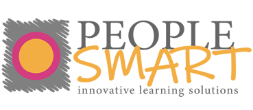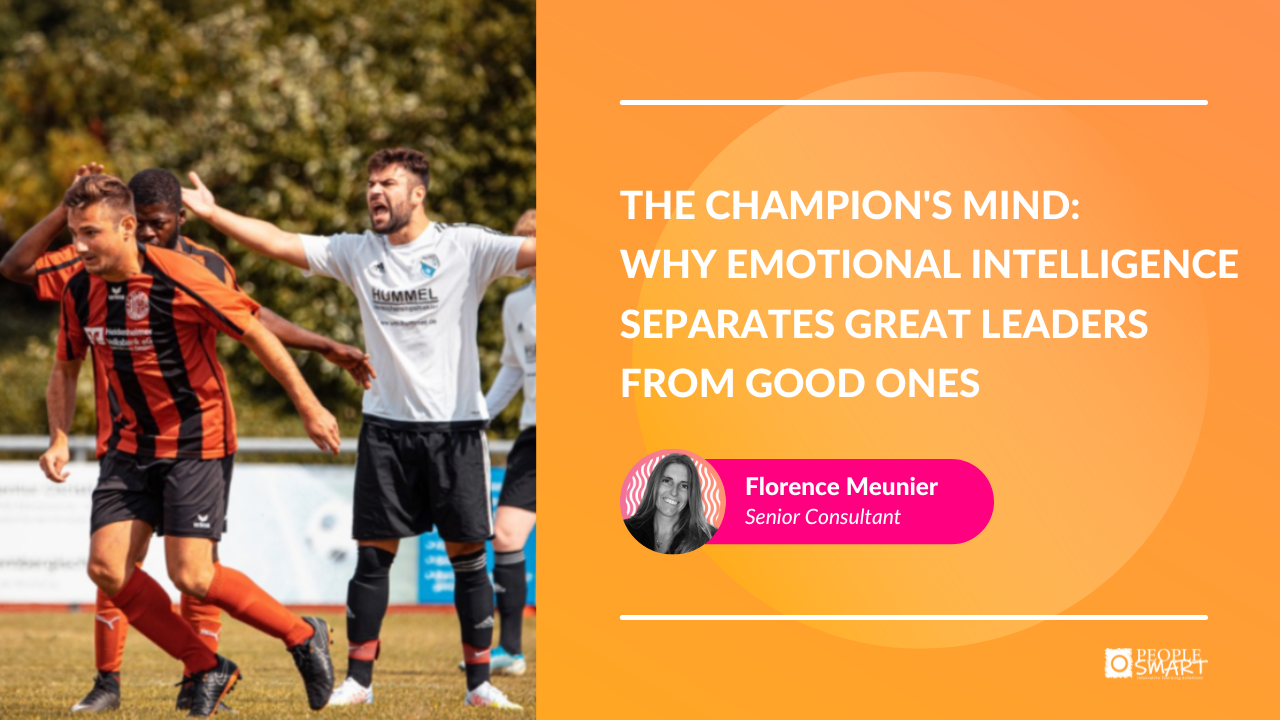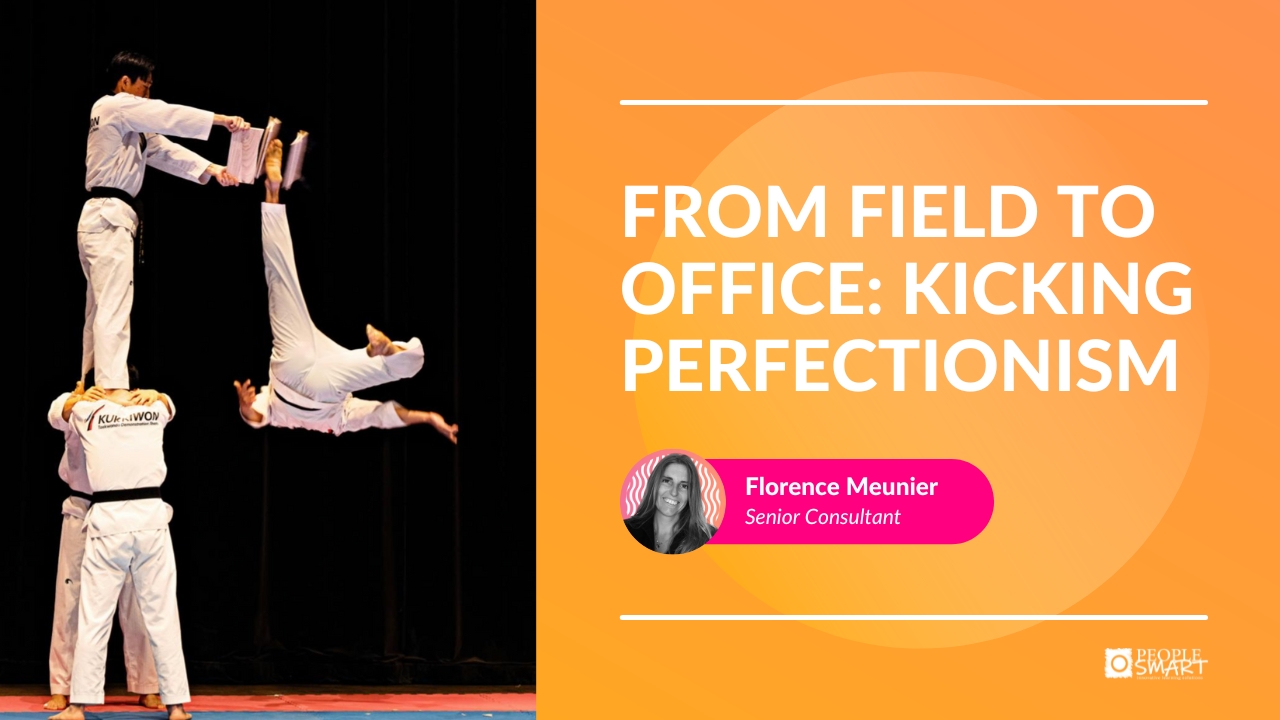Since the onset of the COVID crisis, there has been a very lively and rich discussion around what this all means for leadership under the extreme conditions we have been going through. What follows is a very personal contribution, based on my initial training as a social historian and 37 years of experience in the Learning and Development space (business school, Adjunct Professor at HEC Paris, corporate and consulting). My 12 years of corporate experience – running the global leadership programs for a major aerospace defence player – have been critical in developing my ideas here. In addition, I am attempting here to add some inspiration from the social sciences (sociology, anthropology, history…) along with some intercultural insights to consider the degree of « universality » of the issues we are dealing with. I will be citing some well-known and less well-known sources for those who want to dig a bit deeper on certain subjects.
How will armchair historians look back at COVID 2020 10 or 20 years from now? Will they view its impact on leadership as truly revolutionary or more of a paradigm shift in the sense of Kuhn’s immensely influential Structure of Scientific Revolutions published back in 1962? We humans (and therefore leaders) have a natural tendency to fall back on old habits and behaviours, as those of us in the L+D space know all too well. If we look back at a few cataclysmic events in the past, we can observe that: the Roman Catholic Church survived the Black Death of the 14th Century; that the plight of many African Americans didn’t substantially improve after the Emancipation of slaves in 1862; that those courageous women who “manned” the factories during World War II most often returned to being suburban “Desperate Housewives” in the 1950s; and, to take a more recent example, the Arab Spring (with the exception perhaps of Tunisia) has hardly laid the foundations for robust democratic societies in the Middle East. When the “virus dust” finally settles, will we return to predominately hierarchical, top-down, often bureaucratic, relatively “non-distributed” leadership or will there be a significant or even radical change? Of course, the jury is out – who knows where we will be in even a few months. At the moment of writing, it seems most likely we are moving towards a hybrid mode of working (2/3 days at home with 2/3 days at the office). This in itself will have a very significant impact on leadership, which means that a collective reflection on all of this is more than critical. In what follows, I will try to make the case that we are in for some very major changes indeed. Unlike some recent crises, COVID clearly seems to be in the “perfect storm” category: an unprecedented acceleration in digital transformation (which was of course already well underway); economic turmoil not seen since the 1930s (in spite of the “whatever it takes” approach by most governments), there seems to be a visceral fear regarding future economic well-being and security; and finally, there is a “life or death” layer to the discussion (will I get infected and will I infect loved ones and colleagues?). Even Hollywood might have lacked the creative juices to imagine such a scenario.
Why an acronym?
I have chosen the search for a new acronym as the underlying structure for my reflections on leadership. While acronyms can rightly be viewed as being partially superficial, over-simplistic and artificial, they do have the power to focus our thoughts. Think of the GROW model for coaching or VUCA (which has been perhaps banalized and misused– see below). I would like to propose a 6-dimensional acronym TALENT: TRUST, AGILITY, LEAN, EMOTION, NOVELTY and TIME. As with many models, there are clear inter-connections between each of the dimensions. For example, we can hardly expect Novelty without Agility or Empathy without Trust.
Why TALENT?
Even with the tremendous advances in Artificial Intelligence and Machine Learning, human beings (and by extension, leaders) will continue to play a critical role in the success of organizations. But this raises a new series of questions: who we recruit, who we promote, who we decide to invest in for L+D spend, how we recognize and reward. There are a few leadership models out there with 6 dimensions – most notably the KornFerryHay Leadership Styles model based on the pioneering work at Harvard in the 1960s [5]. Perhaps the TALENT “proto-model” proposed below could make a small contribution to how we can collectively consider updating our pre-existing models on leadership for the COVID Era. As a final conclusion to the discussion, I will provide a few suggestions on how L+D and other HR professionals can reflect on how they could think about updating their approaches, methodologies and processes (in a word, the “HR cultures” of their organizations). Of course, leaders in general should be actively involved in the conversation and not simply “out-source” the issue to their respective HR communities. In short, leaders (and even more importantly, C-suite leaders) need to take an active role in leading their talents more than ever.

The World Economic Forum has just published its ranking of the top 10 leadership competencies for 2025 [6]. I think that there is a certain fit with the proto-model I am proposing: for example, around the dimension of NOVELTY (innovation, creativity, originality, ideation…); and AGILITY (dealing with ambiguity, flexibility, reasoning…), and EMOTION (leadership and social influence, resilience, stress tolerance…). In the number two position, here is what I would call a hugely important transversal skill of “active learning and learning strategies”. One of the key challenges, as we move forward, is to empower leaders (as well as to get leaders to empower their teams with a true coaching approach) to become “self-learners”, taking full responsibility for their individual and collective “learning paths”, in line with the 70/20/10 learning model.
Food for thought:
How can I share my reflections on of all this with my team and my peers?
In what contexts?
What should we share on?
What are the strengths and drawbacks of models?






